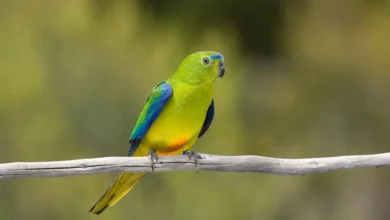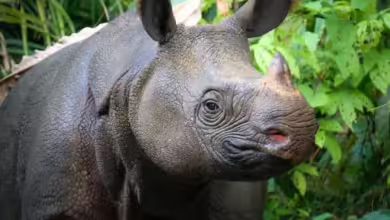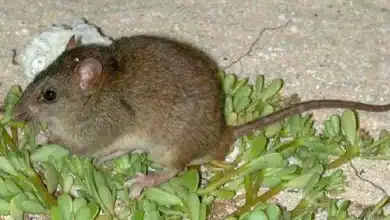The Most Endangered Baby Rhino
Rare Javan Rhinoceros Mother And Baby Captured on Video. Only Around 40 Of These Critically Endangered Animals Remain.
The Javan rhino (Rhinoceros sondaicus) is one of the rarest and most critically endangered large-animal species on earth, with as few as 40 individuals remaining. So, wildlife conservationists around the world were overjoyed to learn that motion-activated cameras—also called “camera traps”—recently had captured video of not one, but two baby Javan rhinos browsing alongside their mothers. (You can view one of the mother-baby pairs in the video posted above.)
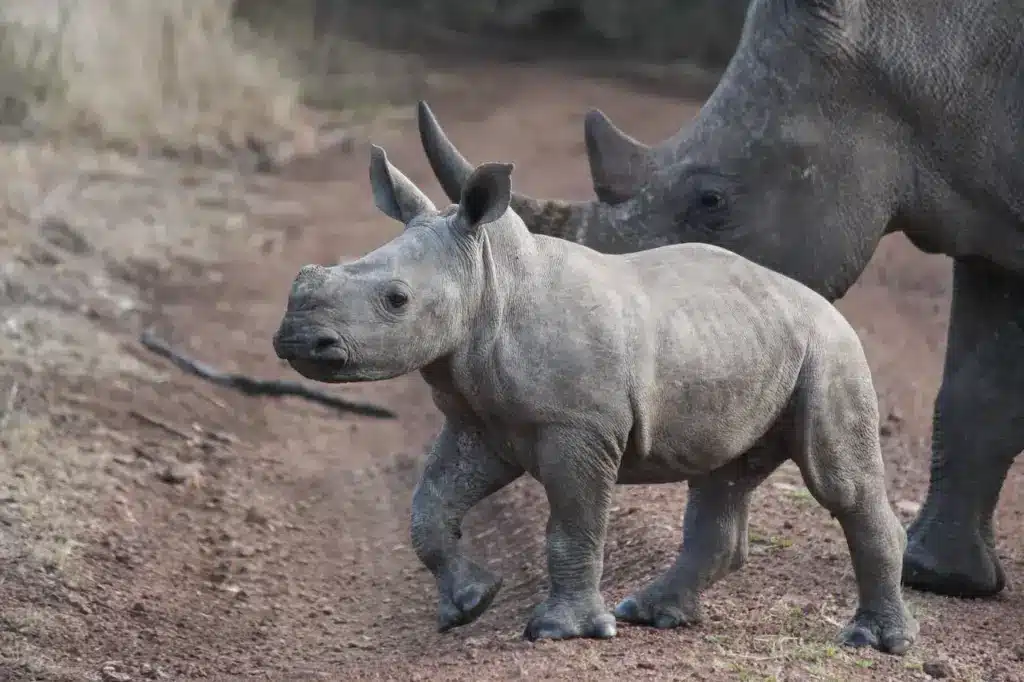
The images provide welcome proof that Javan rhinos are reproducing in the wild—as well as strong evidence that, if left alone and with adequate habitat by humans, the species, which is listed as Critically Endangered by the International Union for the Conservation of Nature (IUCN), would readily multiply.
Javan rhinos once were common on the Indonesian islands of Java and Sumatra, as well as throughout Southeast Asia‚ and perhaps ranged as far north as southern China. But relentless hunting for their horns, which are used by superstitious people to make “folk medicines,” has pushed them to the brink of extinction. All but a handful are now confined to Ujung Kulon National Park on the extreme southwest tip of Java. Another tiny group of a half-dozen individuals or fewer remains in Vietnam, but appears destined to disappear in the near future because of continued illegal hunting and because there are not enough of them left to reproduce.
Another rhino species native to the rain forests of Southeast Asia, the Sumatran rhino (Dicerorhinus sumatrensis), is also Critically Endangered, and for the same reasons as the Javan rhino. With a former range similar to that of the Javan rhinoceros, Sumatran rhinos currently number around 250 or fewer, and now can be found only on Sumatra and in Malaysia.
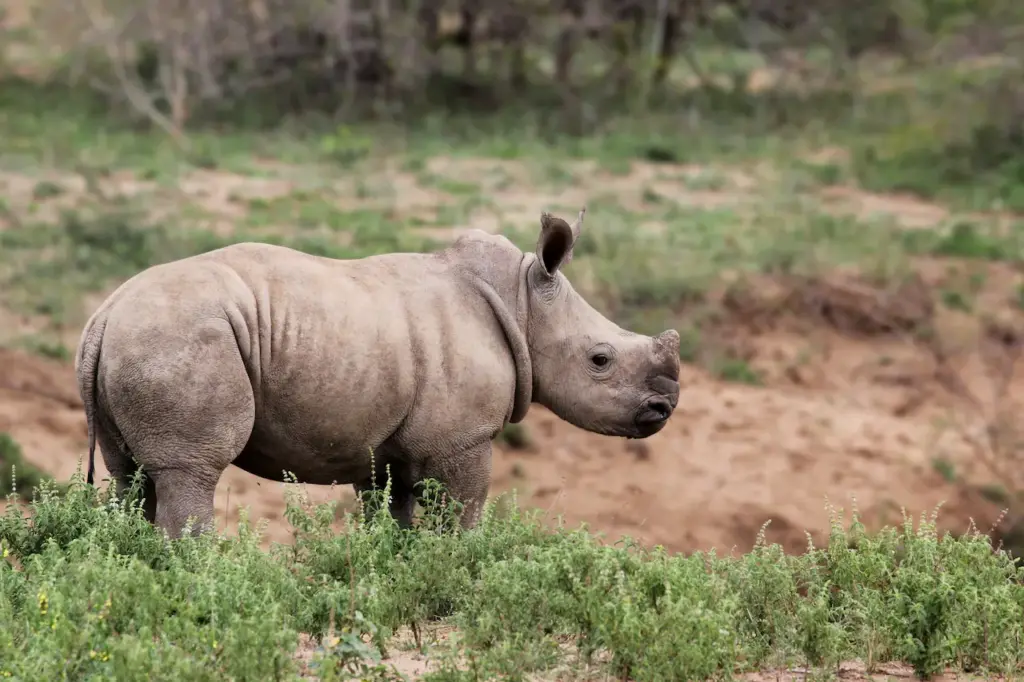
During the past few years, all five of the world’s rhino species—which include the Javan and Sumatran rhinos, as well as the Indian rhinoceros and the black and white rhino species of Africa—have come under intensified pressure from illegal hunting. The poaching has been encouraged by the rising price for rhino horn, now far above that of gold, that Asian folk-medicine manufacturers are willing to pay.
The camera-trap video comes courtesy of the World Wildlife Fund (WWF).
